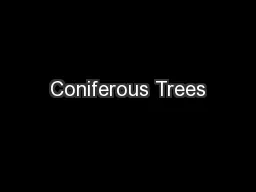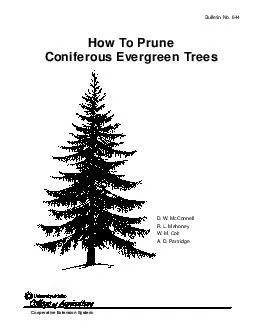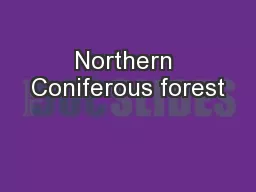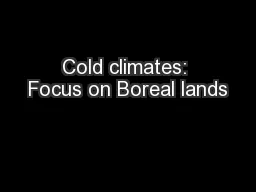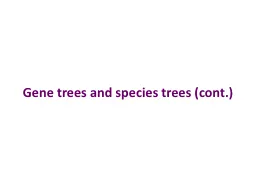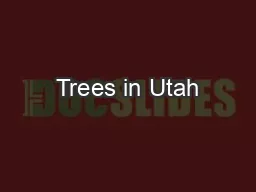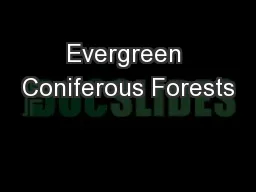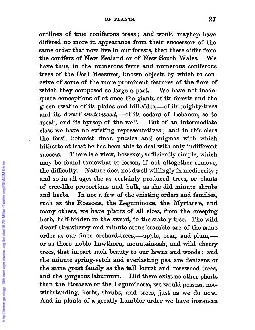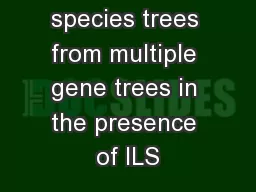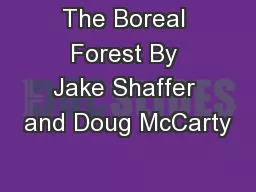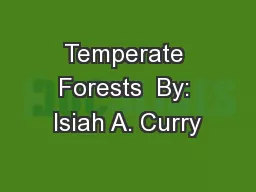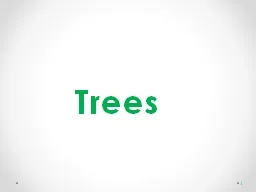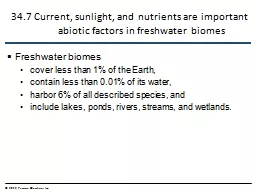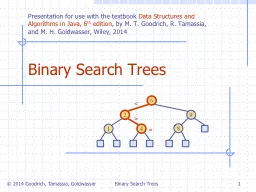PPT-Coniferous Trees
Author : min-jolicoeur | Published Date : 2017-10-16
Environmental Science Fireside 2014 Learning Goals Students will identify 10 species of native conifers in the lab and in the field Students will use a dichotomous
Presentation Embed Code
Download Presentation
Download Presentation The PPT/PDF document "Coniferous Trees" is the property of its rightful owner. Permission is granted to download and print the materials on this website for personal, non-commercial use only, and to display it on your personal computer provided you do not modify the materials and that you retain all copyright notices contained in the materials. By downloading content from our website, you accept the terms of this agreement.
Coniferous Trees: Transcript
Download Rules Of Document
"Coniferous Trees"The content belongs to its owner. You may download and print it for personal use, without modification, and keep all copyright notices. By downloading, you agree to these terms.
Related Documents

